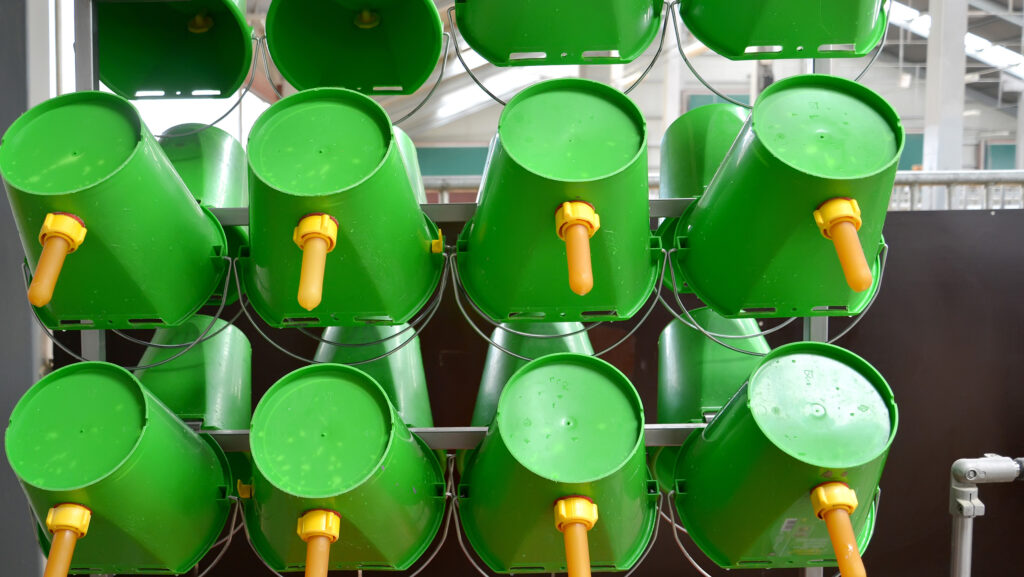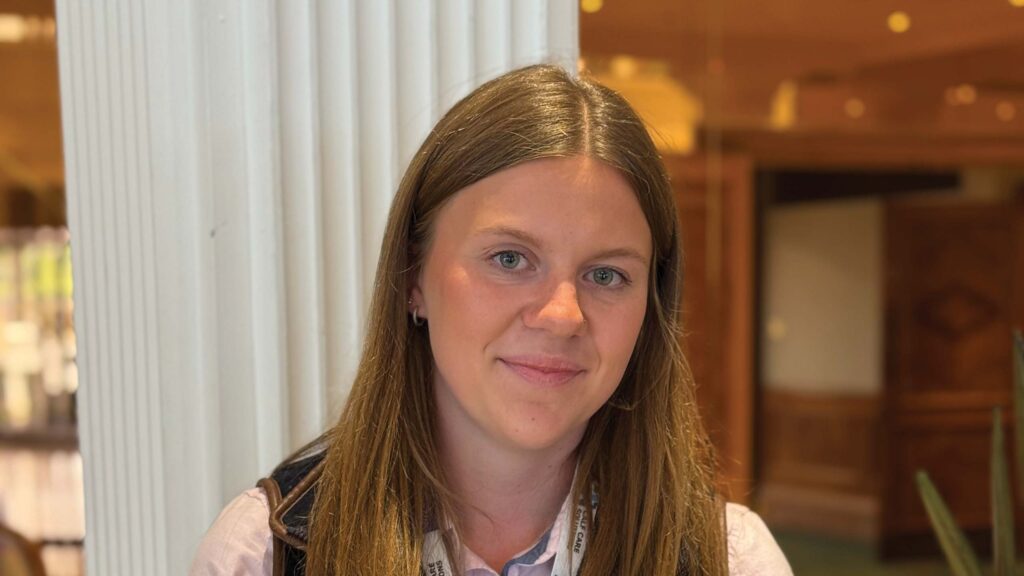Focus on hygiene bags win for Calf Rearer of the Year 2025
 © AdobeStock
© AdobeStock Paying thorough attention to detail in all aspects of hygiene has helped Laura Carter win Calf Rearer of the Year at CowManagement’s National Youngstock Conference in Birmingham.
The 20-year-old’s view is that hygiene is often underestimated. “It’s not just about clean buckets. It’s the details: the nooks and crannies, the seals on teats, every little part where bacteria can hide.
That’s what makes the biggest difference,” she says. The award, sponsored by Wynnstay, promotes and raises awareness of best practice among beef and dairy calf rearers.
Laura leads the calf rearing at Home Farm Dairy in Lincolnshire, a 450-head Holstein cross Norwegian Red cross Montbéliarde unit, and is just entering her third season heading up a small, seasonal team for the five-month autumn calving.
See also: How to make routine dairy tasks easier with a calf kitchen

Laura Carter © Charlotte Cunningham
Dedicated protocol
Despite the transient nature of staffing, this does not mean a lapse in calf care and attention to detail – there are team protocols for consistency.
About 150 heifers are kept as replacements, the rest sold as weaned to private buyers; beef calves are sold at two weeks old to a private buyer.
“Calves stay on the cow for the first 24 hours in designated pens. Then the replacements go into groups of 14, while beef calves are housed in their own hutches,” explains Laura.
Replacement heifers are weaned at eight weeks and transition into larger group housing at 12 weeks.
Laura’s journey to success actually started with an outbreak of cryptosporidiosis, which meant working with the vet to identify quick wins to bring down mortality and improve health.
“That collaboration really set the tone – and since then, we’ve focused on continuous small improvements,” she says.
Washed buckets
Feeding therefore follows a structured regime, with calves receiving two feeds of two litres of milk daily, alongside access to starter feed – from day one – fresh water and straw.
“Straw is a key part of their diet. It’s about getting that balance right to support gut health and growth.”
Calves are fed from individual buckets – no shared troughs – to improve hygiene. All feeding buckets are washed with hot, soapy water after every use.
Clean calf housing
Calf facilities are pressure washed before each new calving season, then all areas are fully disinfected and left to aerate.
The benefit of the system is that allows time for breaks and thorough cleaning between calving periods.
Laura says they are strict with water management, including minimising water use around calves and emptying troughs away from calves to avoid flushing contaminants into living areas.
Footbaths have been introduced for disinfection between groups.
When there is a disease problem, the team increases the frequency of scraping out, disinfectant powder is used and staff change their gloves more frequently.
Weighing weekly
While current practice includes weighing calves at birth and weaning, Laura now has her sights set on tracking daily liveweight gains more closely.
“This season, I want to weigh weekly, or at least regularly, to monitor growth patterns and spot any blips early. That way, we can intervene quickly and make better decisions,” she says.
